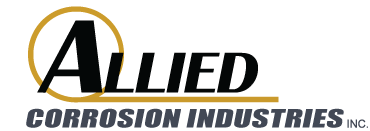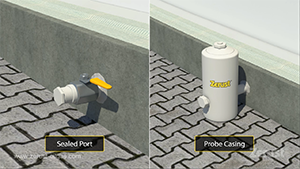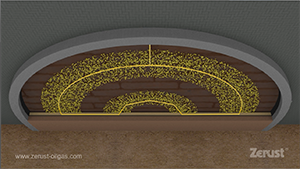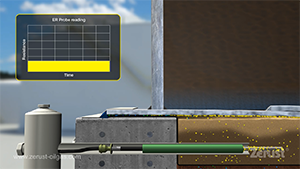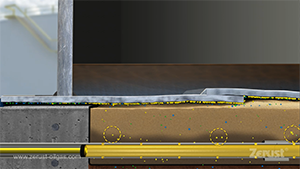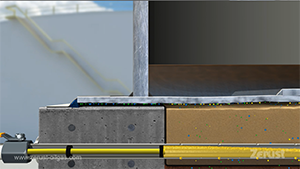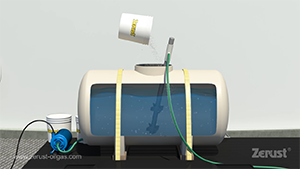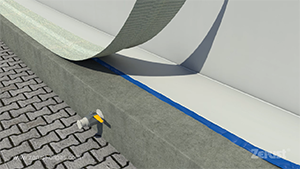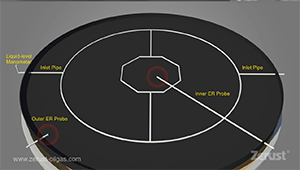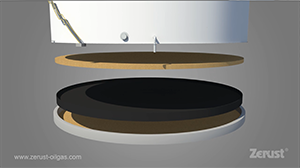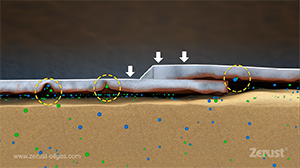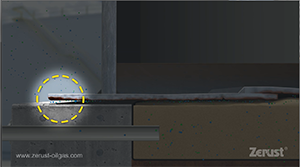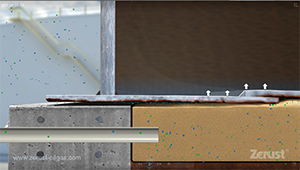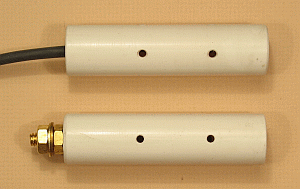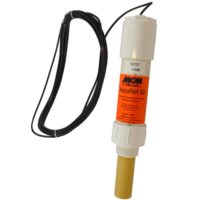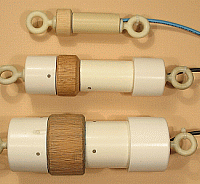Underside Drip Tube System
A typical new tank construction consists of a ring wall with an impermeable liner. Compacted sand is used to fill the liner and support the tank floor.
Soil side corrosion, a major cause of tank bottom failures, is typically caused by the ingress of external contaminants and moisture through gaps and spaces around the annular chime space. Filling and emptying of the stored product cause the bottom plates to flex drawing in more moisture and external contaminants. This mix of corrosive contaminants and moisture creates pitting corrosion that can cause tank bottom holes well short of the design life of the asset.
Zerust Oil & Gas has a unique solution that protects the bottom plates. During tank construction or new floor installation, a network of perforated PVC pipes is installed in rings on top of the liner. Access points to the PVC pipes penetrate the ring wall. Electrical Resistance or ER probes can also be installed at various points to provide estimates of bottom plate corrosion rate.
The pipes have a special mesh sleeve to prevent clogging.
The tank chime is sealed using proven sealants to prevent ingress of moisture and contaminants.
Zerust’s unique blend of Zerion inhibitors is mixed with water and pumped using a low pressure pump through the designated ring wall port and distributed throughout the sand bed via the perforated PVC pipe network.
Vapor Corrosion Inhibitors or VCIs, have vapor pressures higher than air. The VCIs release from the liquid, rise through the sand and protect the metal surface. The Soluble Corrosion Inhibitors in the liquid neutralize on contact contaminants present in the sand bed.
The vapors permeate the sand bed and protect the ER probes as well, demonstrating the effectiveness of the VCI. This is seen in ER probe readings that are neutral indicating minimal corrosion.
The Underside Drip Tube network of pipes allows the inhibitor liquid to be uniformly dispersed across the entire sand bed.
Once the inhibitor injection is complete, the VCI solution will be held in the sand by capillary action.
The injection port is available for future inhibitor injection when needed.
The ER probe cable is safely secured in a casing outside the ring wall to enable readings to be taken while the tank is in service.
Underside Drip Tube System
Underside Drip Tube System

Additional information
Other Similar Products
Related products
-
- M.C. Miller, Reference Electrodes, Cathodic Protection
AccuRef 30 Copper Sulfate Permanent Electrodes
- $0.00
- Add To Quote This product has multiple variants. The options may be chosen on the product page
-
- M.C. Miller, Reference Electrodes, Cathodic Protection
Standard Small Diameter Electrodes
- $0.00
- Add To Quote This product has multiple variants. The options may be chosen on the product page
